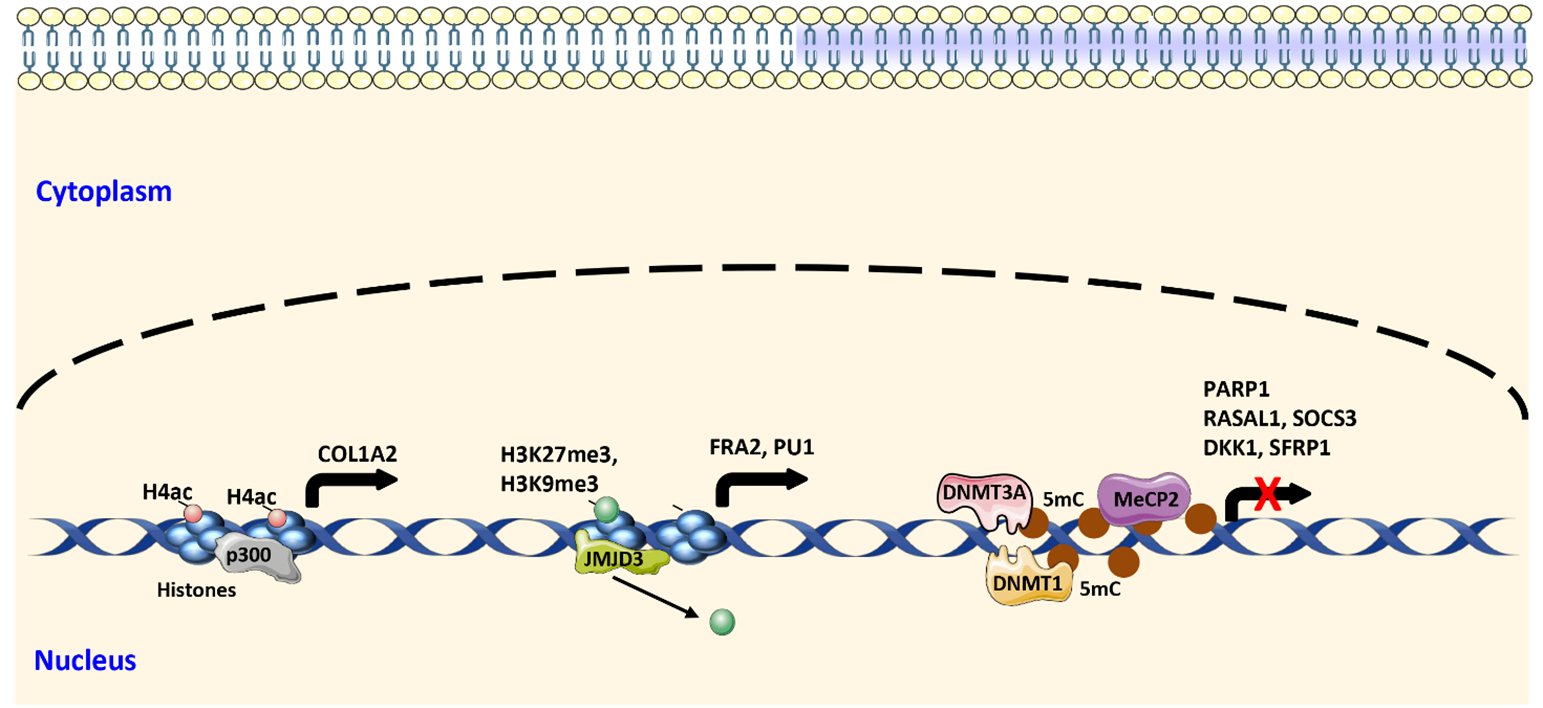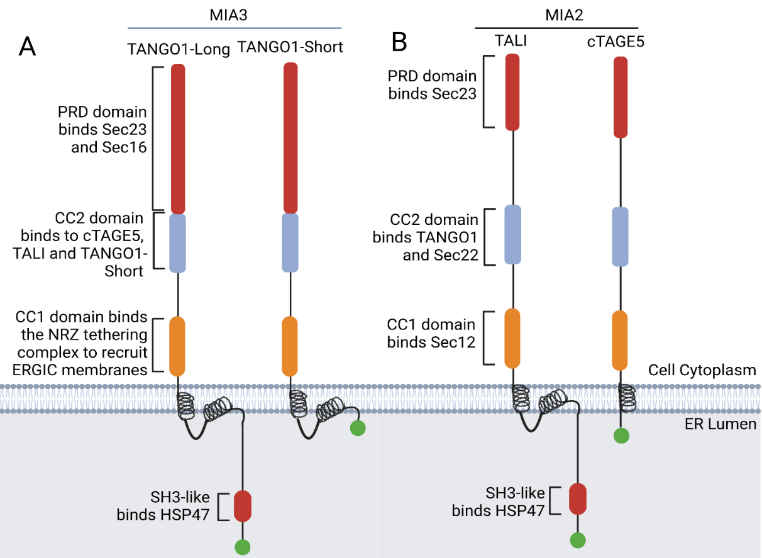Found 2 results
Review
26 February 2024Mechanisms of Fibroblast Activation during Fibrotic Tissue Remodeling
Fibrosis can occur in almost every organ system. It can occur in single organs, such as in idiopathic pulmonary fibrosis (IPF), or affect multiple organs as in systemic sclerosis (SSc). Fibrotic diseases are recognized as major cause of morbidity and mortality in modern societies due to the dysfunction or loss of function of the affected organs. This dysfunction is caused by progressive deposition of extracellular matrix proteins released by activated fibroblasts. Activation of fibroblasts and differentiation into myofibroblasts is required for physiological tissue remodeling, e.g, during wound healing. Disruption of regulatory mechanisms, however, results in chronic and uncontrolled activity of fibroblasts and myofibroblasts. Intensive research during the past years identified several core pathways of pathophysiological relevance, and described different fibroblast subsets based on their expression profile in fibrotic tissue. Herein, we discuss the molecular changes in fibroblasts leading to persistent activation during fibrotic tissue remodeling with a focus on lung fibrosis and SSc.

Review
21 December 2023TANGO1 Dances to Export of Procollagen from the Endoplasmic Reticulum
ABSTRACT: The endoplasmic reticulum (ER) to Golgi secretory pathway is an elegantly complex process whereby protein cargoes are manufactured, folded, and distributed from the ER to the cisternal layers of the Golgi stack before they are delivered to their final destinations. The export of large bulky cargoes such as procollagen and its trafficking to the Golgi is a sophisticated mechanism requiring TANGO1 (Transport ANd Golgi Organization protein 1. It is also called MIA3 (Melanoma Inhibitory Activity protein 3). TANGO1 has two prominent isoforms, TANGO1-Long and TANGO1-Short, and each isoform has specific functions. On the luminal side, TANGO1-Long has an HSP47 recruitment domain and uses this protein to collect collagen. It can also tether its paralog isoforms cTAGE5 and TALI and along with these proteins enlarges the vesicle to accommodate procollagen. Recent studies show that TANGO1-Long combines retrograde membrane flow with anterograde cargo transport. This complex mechanism is highly activated in fibrosis and promotes the excessive deposition of collagen in the tissues. The therapeutic targeting of TANGO1 may prove successful in the control of fibrotic disorders. This review focuses on TANGO1 and its complex interaction with other procollagen export factors that modulate increased vesicle size to accommodate the export of procollagen.
